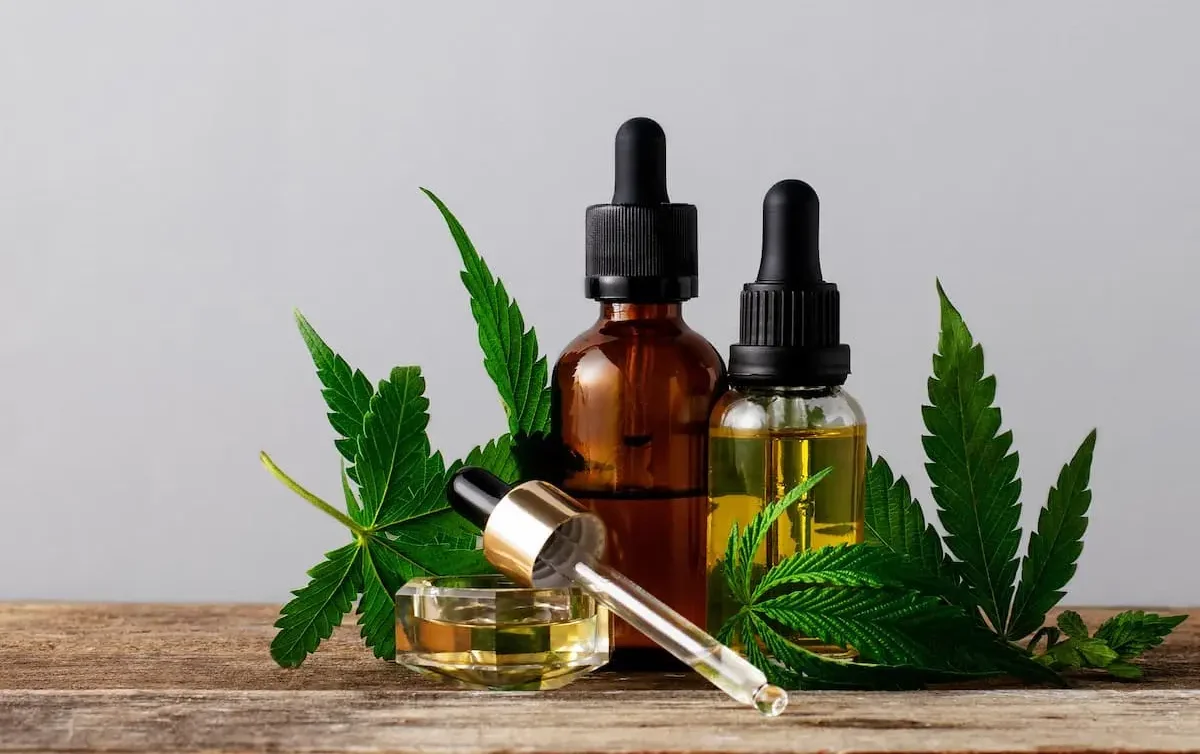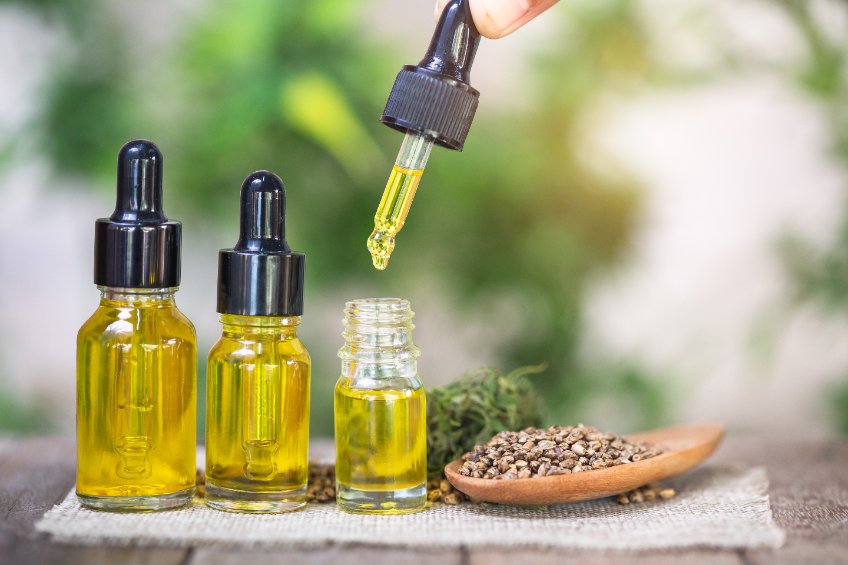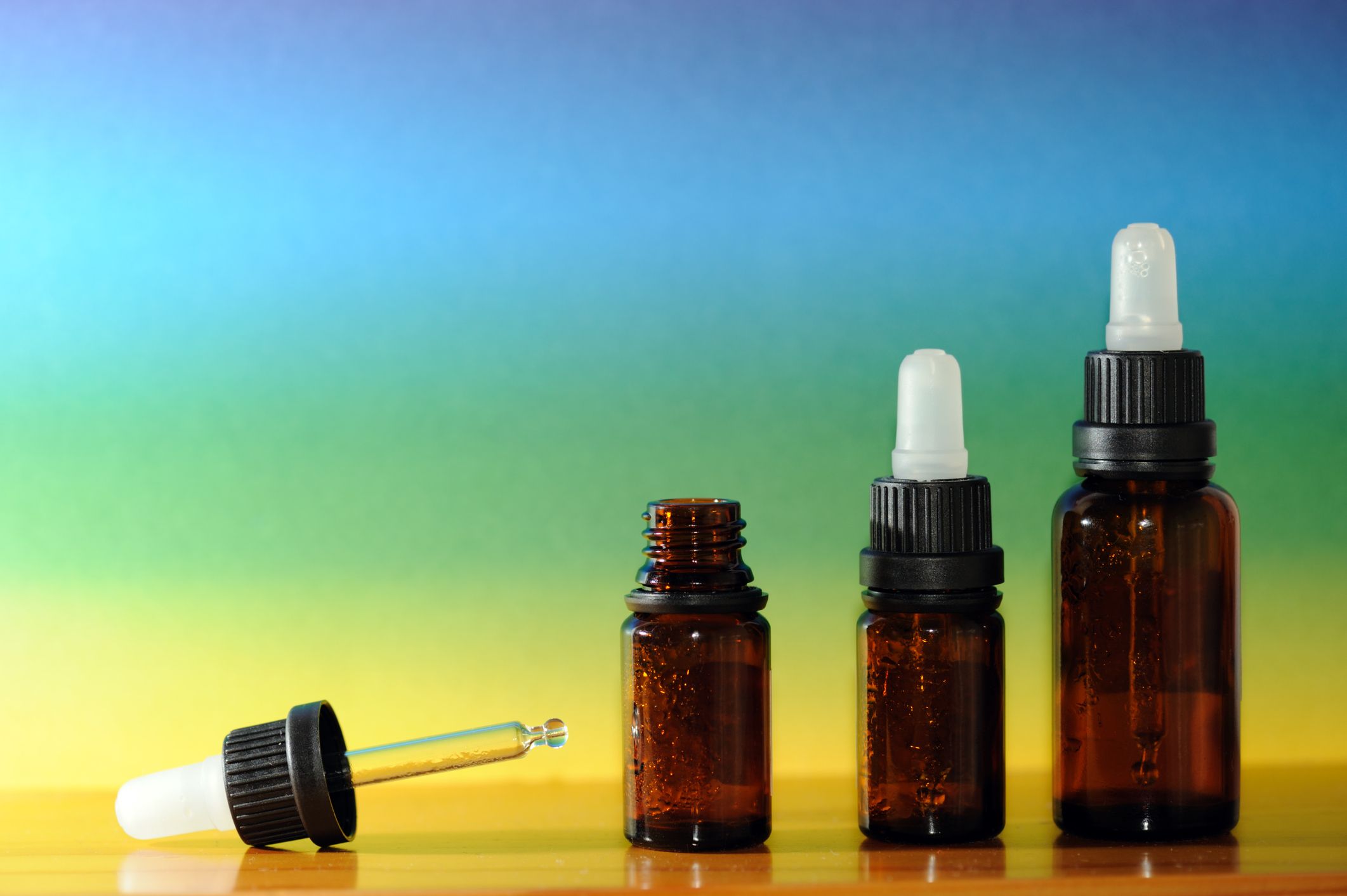News
CBD Without Hemp: Understanding Non-Hemp Cannabidiol Sources
Cannabidiol, commonly known as CBD, has surged in popularity over the past few years for its potential therapeutic benefits, including pain relief, anxiety reduction, and anti-inflammatory properties. Traditionally, CBD is extracted from hemp, a variety of the cannabis plant known for its high CBD and low THC content. However, there is growing interest in CBD sources that do not involve hemp. This article explores the emerging world of CBD Without Hemp, shedding light on its potential benefits, extraction methods, and what this means for the future of CBD products.
Introduction to CBD Without Hemp: Non-Hemp CBD Sources

CBD is mainly confined to hemp plant but this substance is not strictly confined to it. Some of the other plants that are a potential source of CBD include other plants and some microorganisms. This diversification of the ways through which people can source CBD presents exciting potential to those who can benefit from the compound, but do not wish to use hemp in any way due to reasons such as legal restrictions, allergies, or personal distaste. In this way, they can consume the policy knowledge that would make it easier for them to gain access to forms of CBD that are different from the ones commonly available in the market.
CBD from Citrus Plants: An Emerging Trend
Nevertheless, citrus plants also have huge potential in providing CBD from non-hemp sources. For a long time, scholars realized that there are chemical substances present in some citrus that resemble CBD. By using complex biological synthesis, these compounds can be synthesized into CBD using advanced biosynthesis production. This kind of method is exciting for the following reasons: citrus plants can be sourced easily and are already widely adopted by farmers. CBD from citrus is another source that will be viable for those who do not care much for cannabis plants and though the market is flooded with cannabis-based CBD products, there are still some areas where people have restricted access to cannabis.
Yeast-Based CBD Production: CBD Without Hemp – Biotechnology at Its Best

Another method for creating CBD that does not involve hemp is through genetically modified yeast where palm oil and various minerals will be added to create this new product. This can be done without direct intervention through growers and with the help of new strains of yeast that are capable of producing cannabinoids through fermentation. This process includes putting cannabinoid synthesis genes into yeast and as the yeast gets to ferments sugars, it produces CBD. There is flexibility in the process of using yeast-based CBD production since it can be scaled up; moreover, the process can be conducted in closed structures, thus making the CBD organic compounds free of any impurities. It also helps cut on some of the environmental vices attributed to conventional plant cultivation hence making it safe and efficient to cultivate large quantities of CBD.
Benefits of Non-Hemp CBD Sources
The discussed benefits lead to exploring non-hemp sources of CBD. First of all, it helps to widen the opportunities for CBD availability in the regions where the cultivation of hemp is prohibited or limited. Secondly, it demonstrates other prospects which may be useful for those who have an intolerance to hemp. Moreover, it can also be extracted from non-hemp sources including citrus and yeast which are likely to give a more standard and replicated type of production as compared to the plant and may provide better and more stable CBD products. Also, the diversification of CBD sources can potentially add more vigor to the market since new sources motivate the development of new products for consumers.
Regulatory Implications and Challenges of CBD Without Hemp
This essay needed to discuss the new sources of CBD which are non-hemp, as this brings the regulation question from a different perspective. Many CBD laws and policies are created with hemp-based goods in mind, therefore specific provisions could require upgrades to address non-hemp sources. This involves infant food safety and labeling and regulatory compliance to ensure that these products are safe for the intended consumers and possess quality attributes that are not misleading. It is noteworthy that regarding these advancements, regulatory bodies will need to align themselves to ensure consumers have a proper direction to follow as well as rebuilding credit and trust. Although these hurdles exist, they represent the chance to build a comprehensive and effective system of regulations for CBD in all of its forms and varieties.
Consumer Perception and Market Potential

The role of consumer mentality about non-hemp origins of cannabinoids will also greatly influence all CBD market prospects. Another challenge related to consumption of the hemp-derived CBD products is that people are not aware that it is a similar product to marijuana-derived CBD products. The market of CBD derived from other sources is even greater because CBD has the prospect of attracting new consumers who have been reluctant to use cannabis products due to their negative connotations. Through this, they can alert the masses and the consumers to the technological aspect, safety, and benefits that are presented by these non-conventional energy sources.
Future Directions in CBD Research: Exploring CBD Without Hemp
Thus, there are prospects for developing new studies to explore non-hemp sources of CBD as interest in the field increases. Prospective studies will revolve around possible means of enhancing extraction procedures, exploring all derivatives of non-hemp CBD, and finding potential sources of non-hemp CBD. Such a synergistic relationship between scientific and industrial communities, as well as regulatory bodies, will prove critical in evolving this discipline. Continued efforts to identify other sources of CBD other than hemp will open avenues for the development of other new and complex CBD products that will in the end benefit not just the consumers but also equally the manufacturers.
Embracing a New Era of CBD
Thus, the usage of other sources of CBD not related to cannabis hemp can be considered a new stage in the cannabinoid market. Such lieu options present promising avenues for increasing opportunities, and resilience as well as a range of CBD offerings. With these innovations, it will be more possible for the industry to expand and expand in addressing the needs of the various consumer markets. In the modern world, further development of CBD is correlated with the growth of knowledge and technology; non-hemp sources significantly influence the future of this supplement.
To summarize, the search for secondary sources of CBD that are other than hemp is crucial for the cannabinoid market, and utilizing citrus plants and yeast is a pioneering step towards innovation. The following are some of the advantages that can be accorded to these other sources of glass materials: Improved availability, chances of being eco-friendly, and a reasonable likelihood of gaining more enhanced and standardized products. In these cases that are still developing in the industry, familiarizing with and integrating these new sources will be essential for consumers, producers as well as regulators. This shows that even if the market for CBD today is promising, the next couple of years will be even brighter especially now that there is a more diverse and less restricted source.


